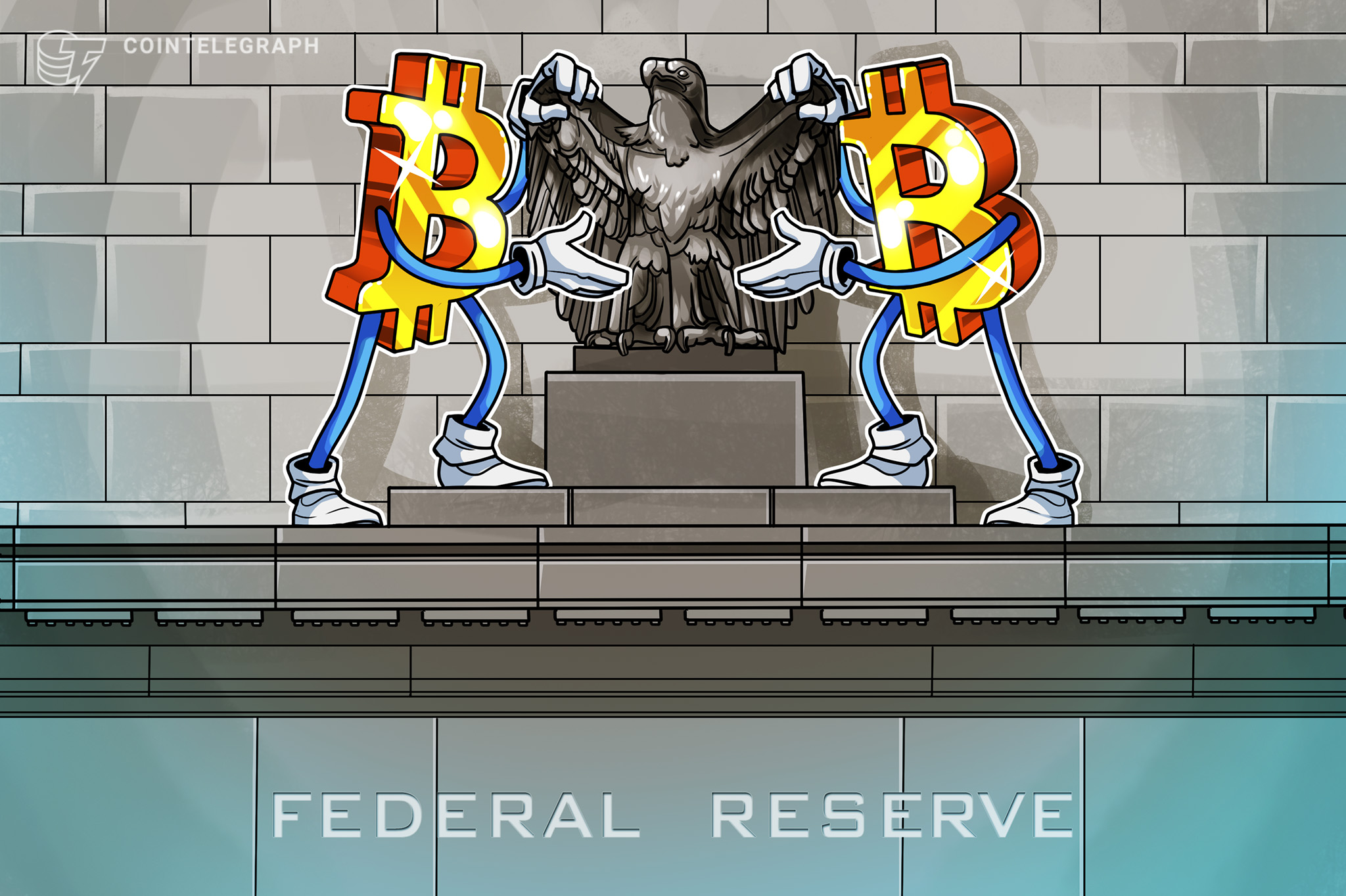
End of QT: Implications for Bitcoin's Future Price Movement
Federal Reserve's recent decision to end quantitative tightening raises concerns about Bitcoin's future performance, as analysts project varied outcomes.
Bitcoin saw a 35% decline after the Fed concluded quantitative tightening (QT) in 2019 and started cutting interest rates, leading to concerns about a potential drop in BTC’s value in the upcoming months.
Key Takeaways:
- The Fed’s conclusion of QT, along with reinvesting in T-bills, subtly enhances liquidity.
- Analysts remain split on how this could influence BTC’s price, with some bullish predictions citing a peak around $180,000.
Following the Federal Reserve’s announcement of a 25-basis-point rate reduction and the intention to wrap up its balance-sheet runoff by December, Bitcoin’s price fell by 3.67%, hitting $107,925. This marks the end of QT, raising doubts about BTC’s market performance as noted by analysts.
Starting December 1, the Fed will cease the reduction of its bond holdings and will instead channel maturing debt into short-term Treasury bills.
Historically, BTC’s value plunged after the end of QT in 2019, even amidst a thriving US stock market. According to data shared by analyst Brett, a similar trend may arise again. “If we get QE, I don’t see it happening until late next year,” he remarked.
Signs of a possible bearish market are also emerging, as Analyst Jesse Olson highlighted a potential bearish MACD crossover on Bitcoin’s three-week chart, a significant indicator that previously preceded a major market correction.
Fed’s Stealth QE and Bitcoin’s Future
Economist Lyn Alden argued that the Fed’s movement of reinvesting maturing debt into T-bills generates new capital for the market, concealing it as a form of quantitative easing. As the Fed injects money into the economy through T-bills, more liquidity becomes available, potentially boosting Bitcoin’s price closer to the $130,000-180,000 range by 2026, per analyst Bedouin’s assessment.
This projection aligns with year-end targets forecasted by various Wall Street firms, such as JPMorgan and Standard Chartered.
This article does not provide any investment advice. Every investment decision carries risks, and readers should conduct their own analysis before proceeding.
